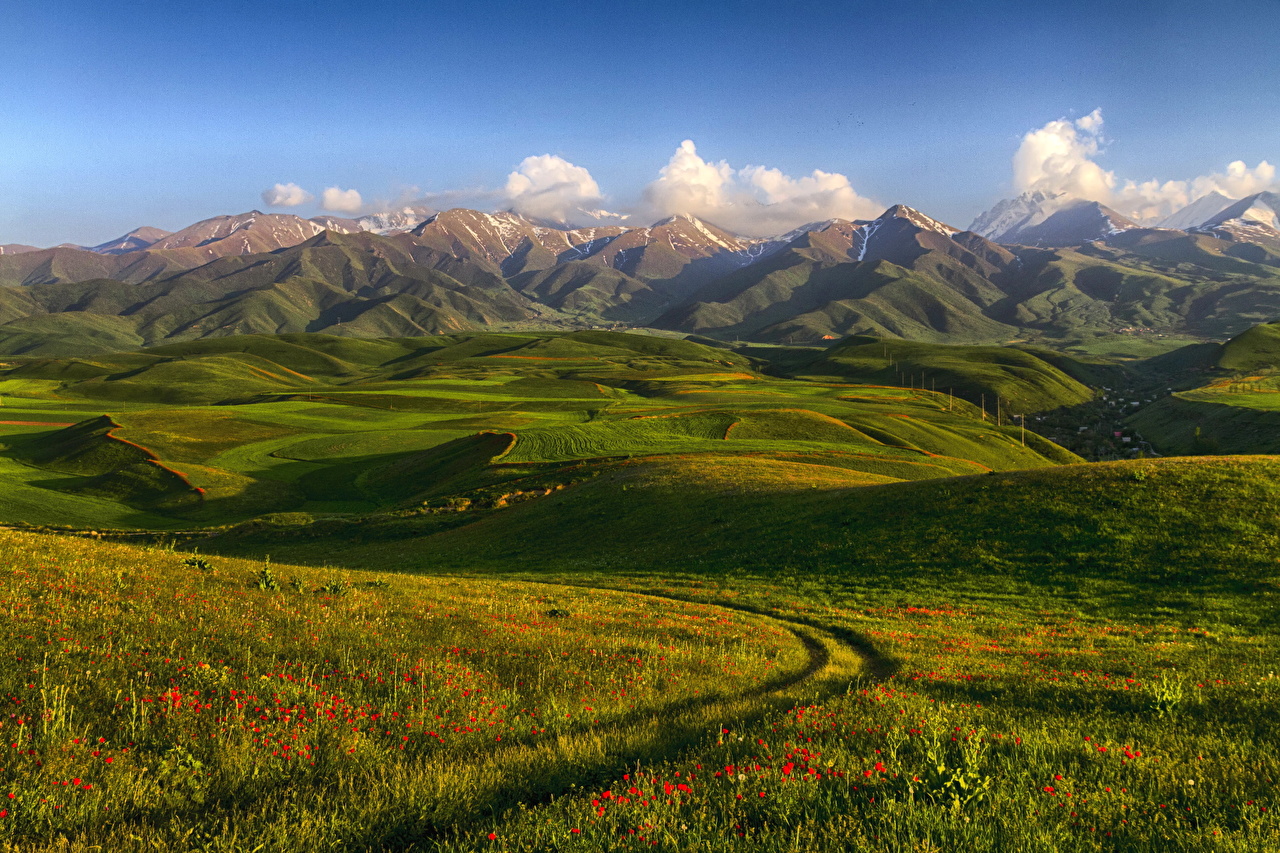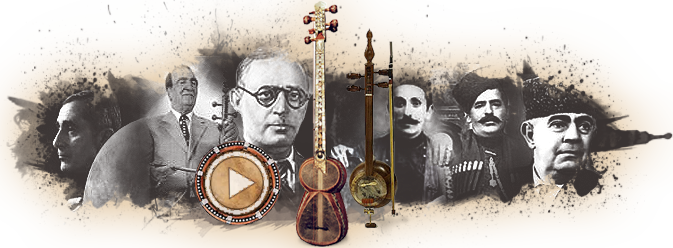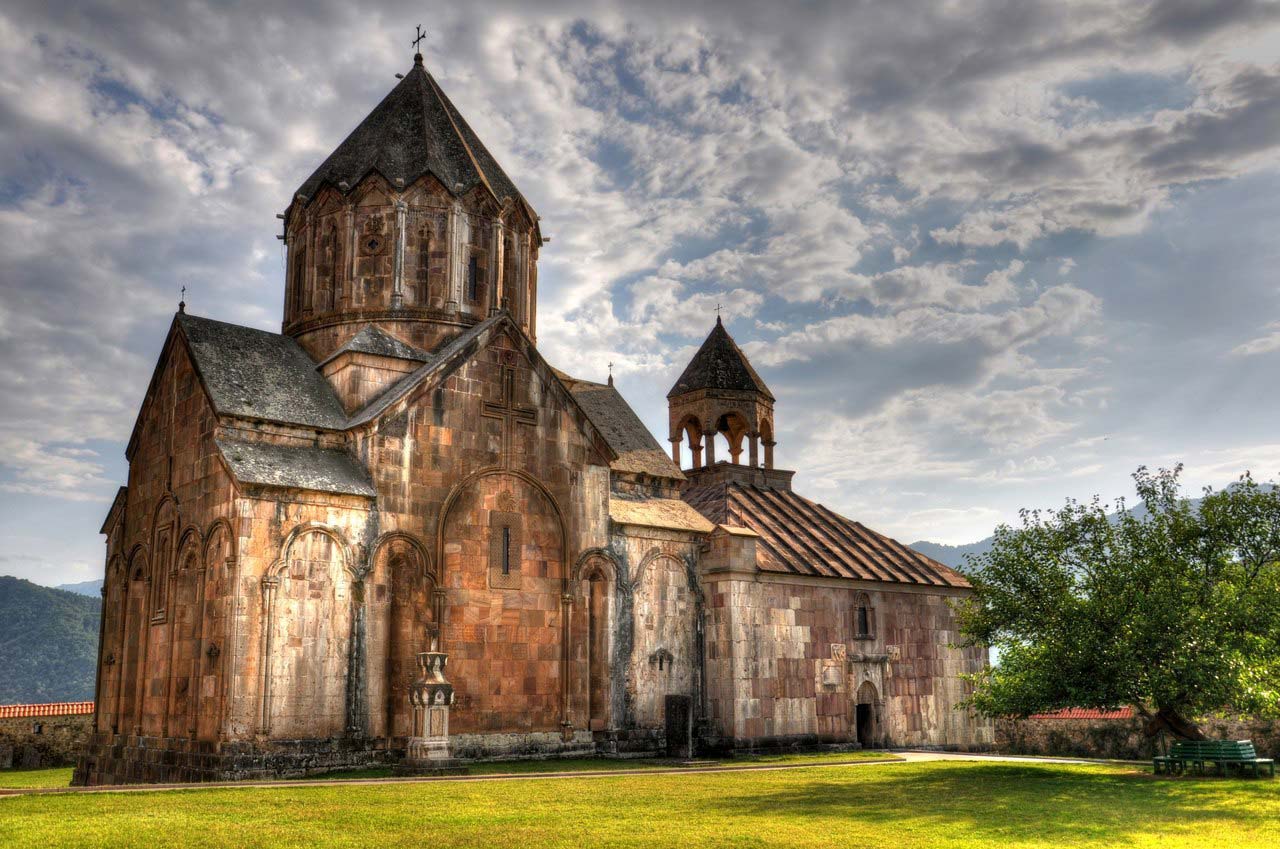The Nagorno-Karabakh Republic is an ancient land with breathtaking and amazing natural beauty, spiritual values and a great amount of tourist attractions.

The history of Karabakh is very significant to the cultural and ethnic identity of Azerbaijan. It can be traced back to the 2nd Millennium BC to the dominance of the Caucasian Albanian culture. The recent history of Karabakh is dominated by the conflict between Armenia and Azerbaijan over Nagorno-Karabakh, the roots of which can also be traced back centuries.
Music & Culture

Historically Karabakh developed as one of the biggest cultural centers of Azerbaijan, particularly its musical culture. Mugham is one of the many musical traditions of Karabakh. It is a highly complex form of music with specific systems and concepts of musical expression that demand of its performers a very high standard of professionalism. Mugham is a traditional musical form characterized by a large degree of improvisation and draws upon popular stories and local melodies. Azerbaijan classical music also has traditional roots in the region of Karabakh.
Christian Monuments of the pre-Arab period

A large number of Christian monuments, most which belong to the pre-Arab period, have remained in the Armenized parts of ancient Albania on the territory of the ancient Albanian region Artsakh (the Nogorno-Karabakh Autonomous Region and neighboring north-eastern parts of Caucasia Minor, including Shamshadil and Idjivan rayons of the Armenian SSR) and Utik, where at the moment lives mainly Armenian population.
NKAO Historical Survey

Great Soviet Encyclopedia, 3rd edition, 1973
“In the first century A.D. the region now occupied by Nagorno-Karabakh Autonomous Oblast was part of the province of Artsakh, which belonged to Caucasian Albania. Feudal relations developed in the third through fifth centuries, and Christianity began to spread. In the early eighth century the Arabs conquered Artsakh, as well as all of Albania, and Islam penetrated the area. (Until that time Gregorianism had flourished among the Christian population.) Artsakh was part of the Albanian kindgdom in the ninth and tenth centuries. In the mid-11th century it was invaded by the Seljuk Turks… In the 1230’s, Artsakh was conquered by the Mongols, and from that time most of its territory was called Karabakh.”
(Great Soviet Encyclopedia, 3rd edition, 1973, “NKAO, Historial Survey”)
